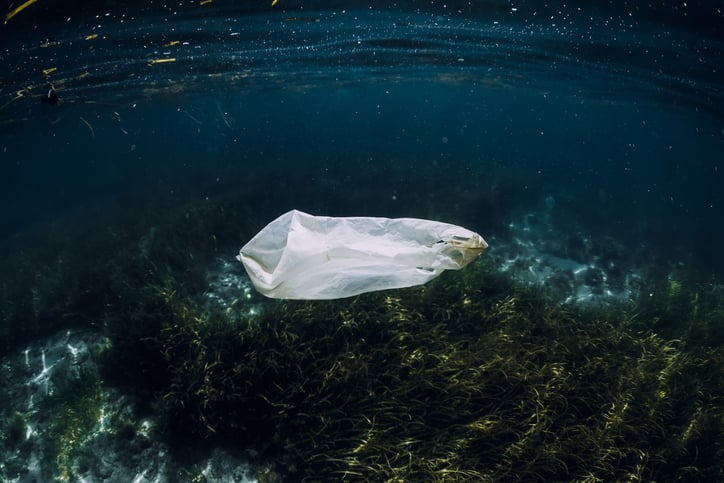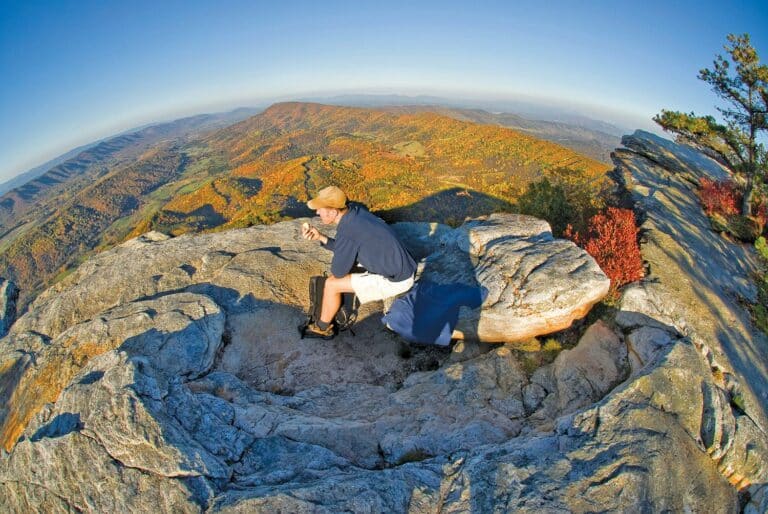Man dives to the deepest place on earth and finds plastic
A retired Army veteran made the deepest dive into the ocean ever by a human in a submarine and what he discovered was not a new ocean species of fish or plant but trash. Victor Vescovo traveled nearly 36,000 feet below sea level into the Mariana Trench, the deepest place on Earth, only to discover what appeared to be plastic litter on the ocean floor. Vescovo is now trying to confirm that the material that he saw was plastic. This is only the third time that humans have descended into the deepest part of the ocean and Vescovo’s discovery is troubling. Each year, an estimated 18 billion pounds of plastic waste finds its way into the ocean.
Tennessee Valley Authority contractor sued over coal ash cleanup
The contractor hired by the Tennessee Valley Authority (TVA) to clean up the nation’s largest coal ash spill is being sued again for allegations that they did not do enough to protect cleanup workers. Jacobs Engineering was hired to oversee cleanup efforts of the TVA Kingston Fossil Plant coal fly ash slurry spill, which released 1.1 billion gallons of coal fly ash slurry into the Emory River and surrounding landscape. Coal ash workers say Jacobs Engineering did not do enough to keep them safe and are suing the company for wrongful death.
The newest lawsuit was filed on behalf of 119 cleanup workers and their families and five workers who died before the lawsuit was filed. In at least one case the lawsuit alleges that an autopsy has shown that a cleanup worker died from black lung, although the man had never worked in a coal mine. Jacobs Engineering denies the claim, saying testing at the site showed that cleanup workers were not exposed to dangerous levels of silica, found concentrated in coal dust.
North Carolina agency asks the public to report armadillo sightings
The North Carolina Wildlife Resources Commission is asking the public to report any sightings of nine-banded armadillos to determine the range of the animal in the state. Anyone who spots an armadillo in North Carolina is asked to take a photo and upload it to the NC armadillo project on the app iNaturalist or to send an email to [email protected]. Information the public is asked to collect includes the photo, the time and date the armadillo was observed, and the location it was spotted (GPS coordinates are best if available.)
Armadillos are native to Central and South America but have expanded their range into the southeastern United States. The first armadillo was spotted in NC in 2007. Since the armadillo was first observed, there have been over 170 reported sightings in 40 NC counties. Because of the warming climate, armadillos have been able to survive in more northern territories.








